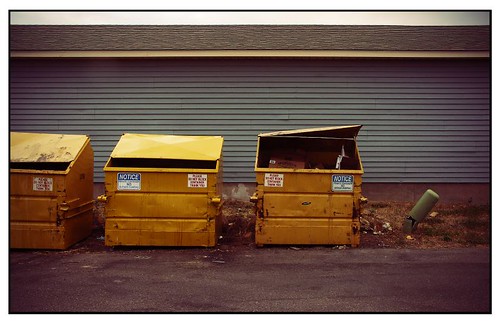When faced with a new production, the second thing a props master does (after reading the play once) is read the play again and make note of all the props. I’ve written about how to read a script and make a props list before. If you’re doing Shakespeare though, it presents itself with several challenges in this method.
First is the problem with the stage directions. In modern plays, the stage directions give a large number of clues. In Shakespeare’s plays, the stage directions are more suspect. Modern Shakespeare scholars understand that finding the “definitive” version of many of his plays is a problem that may never be solved. Theories exist that some versions are pirated copies from an audience member who transcribed the play during a performance. Other theories suggest that actors wrote down their own parts from memory and compiled them into a single version. In any case, the versions we perform today are merely the “best guess” of what was originally performed. The stage directions themselves were probably added by a later editor based on the stage manager’s notes of what was originally performed.
In Titus Andronicus in Act III, Scene 1, we see the stage direction:
[Enter a Messenger, with two heads and a hand]
Some directors treat Shakespeare’s text as sacred as modern playwrights’ and will ask for two heads and a hand in the props list. Others, recognizing that the stage directions are less authorial and possibly even a corruption of the original work, will either keep, change, or omit the stage directions on a scene-by-scene basis depending on what works best for the production.
What this means is that the initial props list you generate from your first reading (before meeting with the director, designer or stage managers) will have a lot of question marks:
| Act/Scene | character | prop | qty. | notes |
| III.1 | messenger | heads | 2 | ? |
| III.1 | messenger | hand | 1 | ? |
The second challenge in making a props list for Shakespeare’s plays is in how he layers rich visual imagery on top of the action of the scene. His metaphors often weave in and out of the reality on stage, making it difficult to know (and open to the interpretation of the director) what objects are used in a scene and which are merely mentioned by the character.
For instance, take Mercutio’s famous speech in Act I, Scene 4 of Romeo and Juliet:
O, then, I see Queen Mab hath been with you.
She is the fairies’ midwife, and she comes
In shape no bigger than an agate-stone
On the fore-finger of an alderman,
Drawn with a team of little atomies
Athwart men’s noses as they lie asleep;
Her wagon-spokes made of long spiders’ legs,
The cover of the wings of grasshoppers,
The traces of the smallest spider’s web,
The collars of the moonshine’s watery beams,
Her whip of cricket’s bone, the lash of film,
Her wagoner a small grey-coated gnat,
Not so big as a round little worm
Prick’d from the lazy finger of a maid;
Her chariot is an empty hazel-nut
Made by the joiner squirrel or old grub,
Time out o’ mind the fairies’ coachmakers.
Now, it would be silly of a prop master to add all these things -Â a hazel-nut chariot, cricket’s bone whip, etc. – to the props list. However, there are plenty of passages throughout Shakespeare where it is far less obvious when a character is alluding to a real object on stage or merely waxing poetic. In many cases, it can be up to the director to make that decision.
The final challenge with propping a Shakespeare play is how widely different the interpretations of a single play can be. Hamlet can be played in Elizabethan Denmark, or modern-day Wall Street. It would be very embarrassing to bring an armload of rapiers to the first day of rehearsal if the director has set the play in Nazi Germany. It is vitally important to find out the setting and time period which your production will be set in before you begin generating a props list. Even then, you have no way of knowing what props they will want merely by reading the text.


